If you've been searching for zhug (also spelled skhug, zhoug, or s'khug) and found "chernoula" instead, you're not alone. This vibrant green Yemeni hot sauce has been gaining popularity worldwide, but confusion about its name and origin has led to misinformation. In this definitive guide, you'll discover everything you need to know about authentic zhug - from its true Yemeni roots to how it differs from similar sauces like harissa, and exactly how to use it to elevate your cooking.
Zhug isn't just another hot sauce - it's a flavor powerhouse with centuries of culinary tradition behind it. We'll cut through the naming confusion, provide accurate information from authentic sources, and give you practical ways to incorporate this versatile condiment into your meals. Whether you're looking to buy authentic zhug or make it yourself, this guide delivers what other "chernoula" articles miss.
Table of Contents
- What Exactly Is Zhug (Skhug)?
- Zhug vs. Harissa vs. Zhug: Clearing Up the Confusion
- Why Chefs and Home Cooks Love Authentic Zhug
- 10 Authentic Ways to Use Zhug Like a Pro
- Buying Guide: How to Find Real Yemeni Zhug
- The Authentic Yemeni Zhug Recipe You Won't Find Elsewhere
- Frequently Asked Questions
- Final Thoughts
What Exactly Is Zhug (Skhug)?
The term "chernoula" doesn't refer to any established culinary item - it appears to be a misspelling or confusion with zhug (also known as skhug, zhoug, or s'khug), a traditional Yemeni hot sauce that has become popular in Israeli and Middle Eastern cuisine. Authentic zhug is:
- A Yemeni creation with centuries of history
- Distinct from North African harissa (which is red)
- Typically bright green in color
- Made primarily with fresh cilantro, parsley, chili peppers, garlic, and spices
- Served as a condiment, marinade, or sauce component
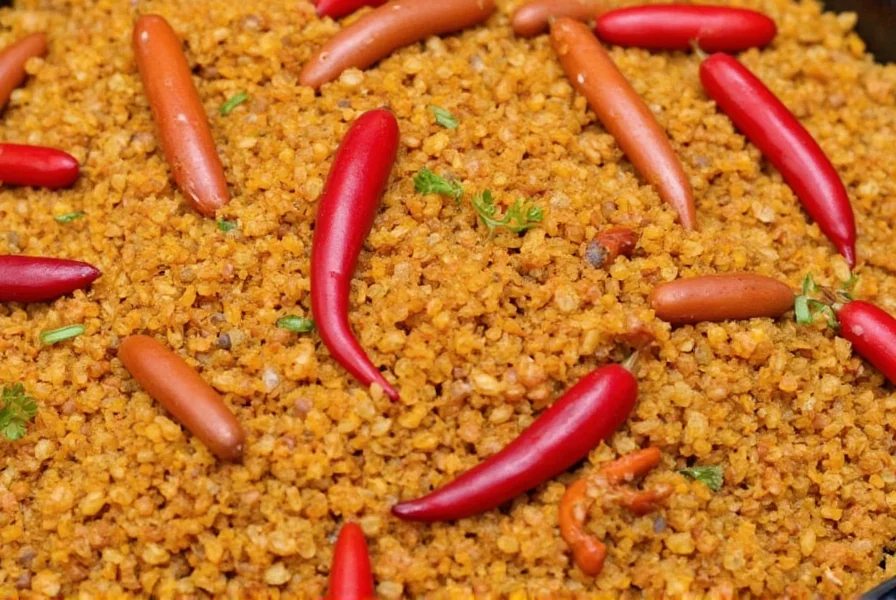
Zhug translates to " pounded" in Yemeni Arabic, referring to the traditional mortar-and-pestle preparation method. The sauce varies by region and family - some versions are fiery hot, while others focus on herbal freshness with minimal heat. Unlike harissa (which is tomato-based), authentic zhug gets its vibrant color from fresh herbs rather than peppers.
Zhug vs. Harissa vs. Zhug: Clearing Up the Confusion
Many articles mistakenly compare "chernoula" to other sauces, but understanding the real differences between zhug and similar condiments is crucial. Here's an accurate comparison:
| Feature | Zhug (Skhug) | Harissa | Chimichurri |
|---|---|---|---|
| True Origin | Yemen (Jewish Yemeni communities) | Tunisia | Argentina/Uruguay |
| Main Base | Fresh cilantro, parsley, green chilies | Dried red chilies, roasted red peppers | Fresh parsley, oregano, garlic |
| Flavor Profile | Grassy, herbal, with varying heat levels | Smoky, earthy, consistently hot | Grassy, garlicky, acidic |
| Color | Bright green | Red-orange | Dark green |
| Traditional Use | Condiment for falafel, shakshuka, grilled meats | Ingredient in stews, spreads, marinades | Finishing sauce for grilled meats |
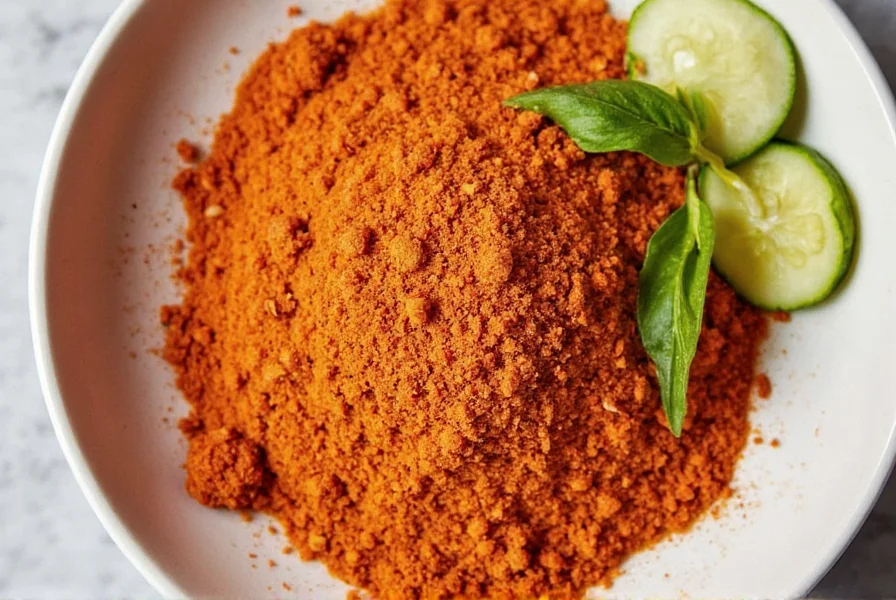
The key difference often missed in other articles: zhug is fundamentally a Yemeni creation that traveled to Israel with Jewish Yemeni immigrants, while harissa is distinctly Tunisian/North African. The confusion with "chernoula" appears to be a recent marketing invention without culinary basis.
Why Chefs and Home Cooks Love Authentic Zhug
When properly made, zhug offers unique benefits that explain its growing popularity:
- Authentic Flavor Depth: Real zhug provides complex herbal notes that generic "chernoula" products can't match
- Culinary Heritage: Connects you to centuries of Yemeni Jewish culinary tradition
- Health Benefits: Rich in antioxidants from fresh herbs and anti-inflammatory compounds
- Versatility: Works as condiment, marinade base, or flavor booster in countless dishes
- Distinct Profile: Offers something different from mainstream hot sauces like sriracha
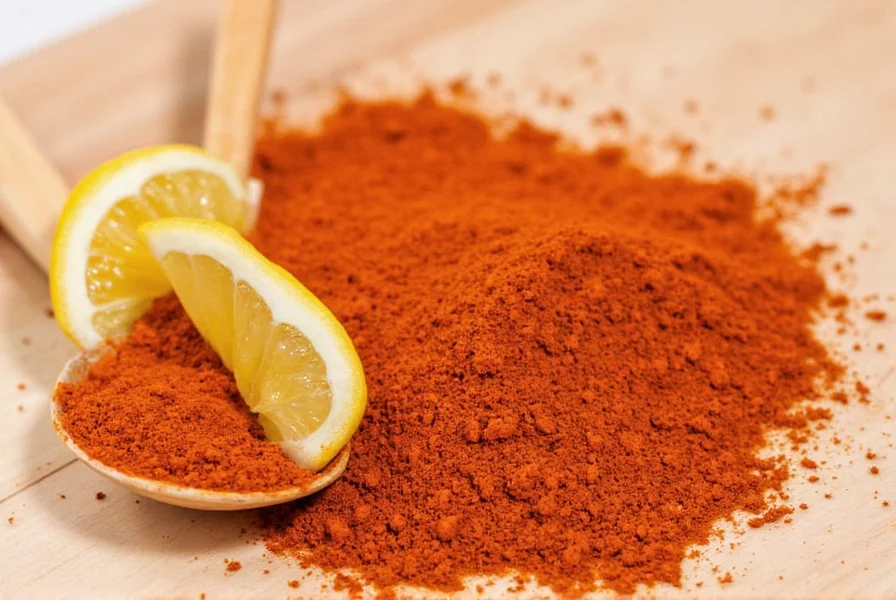
10 Authentic Ways to Use Zhug Like a Pro
Move beyond basic hot sauce usage with these traditional and innovative applications:
- Shakshuka enhancement: Swirl into tomato-eggs during the last minute of cooking for authentic Yemeni flavor
- Falafel companion: Serve as the traditional condiment alongside falafel and hummus
- Grilled meat marinade: Combine with olive oil and lemon for chicken, lamb, or beef
- Breakfast booster: Spread on sabich (eggplant sandwich) or mix into scrambled eggs
- Dip transformation: Stir into hummus, labneh, or yogurt for instant flavor upgrade
- Soup stir-in: Add to bean soups, lentil stews, or vegetable broths for complexity
- Rice & grain flavoring: Mix into cooked rice, couscous, or quinoa before serving
- Salad dressing base: Blend with tahini, lemon juice, and olive oil for vibrant dressing
- Roasted vegetable finisher: Drizzle over eggplant, zucchini, or cauliflower after roasting
- Sandwich spread: Replace mayo on sandwiches for bold, herbal flavor
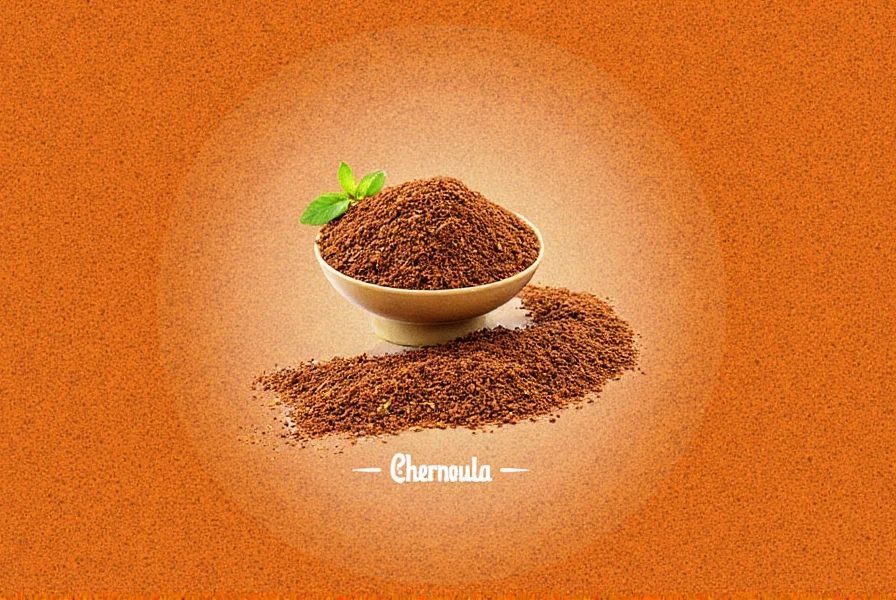
Buying Guide: How to Find Real Yemeni Zhug
With the "chernoula" confusion, finding authentic zhug requires knowing what to look for:
Authenticity Indicators:
- Color: Should be vibrant green (red versions are harissa, not zhug)
- Ingredients: Must list fresh cilantro as primary ingredient, not just "spices"
- Texture: Should show visible herb flecks, not perfectly smooth
- Origin: Look for Yemeni or Israeli producers with Yemeni heritage
Trusted Zhug Brands & What Sets Them Apart
| Brand | Authenticity Level | Key Features | Best For |
|---|---|---|---|
| Abu Hassan Zhug | ⭐⭐⭐⭐⭐ | Family recipe from Yemeni Jewish community, fresh ingredients | Traditional preparation |
| Tahini Co. | ⭐⭐⭐⭐ | Authentic Yemeni recipe, small-batch production | Daily cooking needs |
| Marva's Kitchen | ⭐⭐⭐ | Adapted for wider palates, moderate heat level | Beginner zhug users |
| Miznon Zhug | ⭐⭐⭐⭐ | Restaurant-quality, bold flavor profile | Grilling and robust dishes |
| Avoid products labeled "chernoula" | Not authentic | Marketing term without culinary basis | Not recommended |
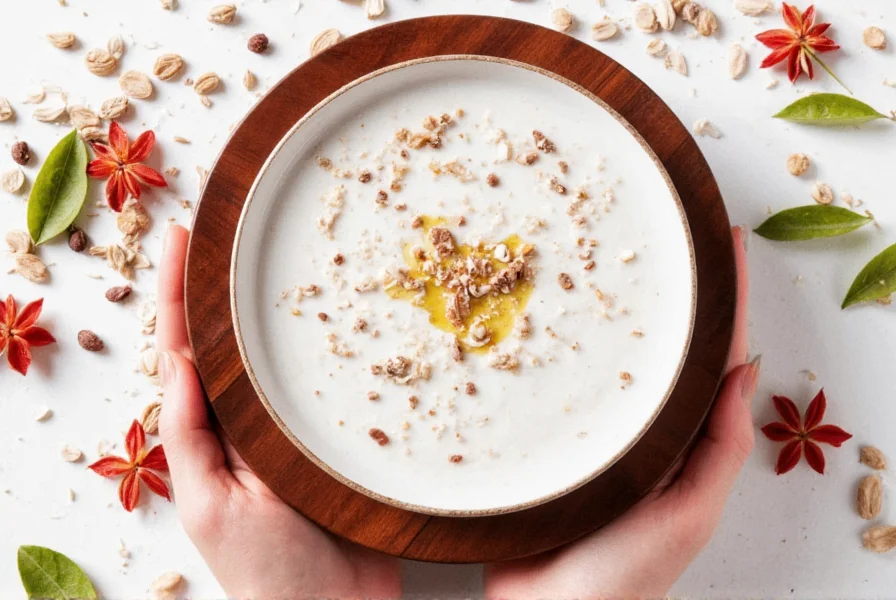
The Authentic Yemeni Zhug Recipe You Won't Find Elsewhere
For truly authentic flavor, make zhug the traditional Yemeni way. This family-tested recipe comes from Yemeni Jewish culinary tradition:
Authentic Yemeni Zhug Recipe
- 2 cups fresh cilantro (stems included)
- ½ cup fresh parsley
- 2-4 green chilies (serrano or jalapeño, adjust to heat preference)
- 3 garlic cloves
- 1 tsp ground cumin
- ½ tsp black pepper
- ½ tsp cardamom (authentic touch often missed)
- Juice of 1 lemon
- 3 tbsp olive oil
- ½ tsp sea salt
Combine all ingredients in a food processor. Pulse until you achieve a slightly coarse texture (not completely smooth). Transfer to a jar, top with a thin layer of olive oil, and refrigerate for 24 hours before using to allow flavors to meld. Properly stored, it will keep for 2 weeks in the refrigerator.
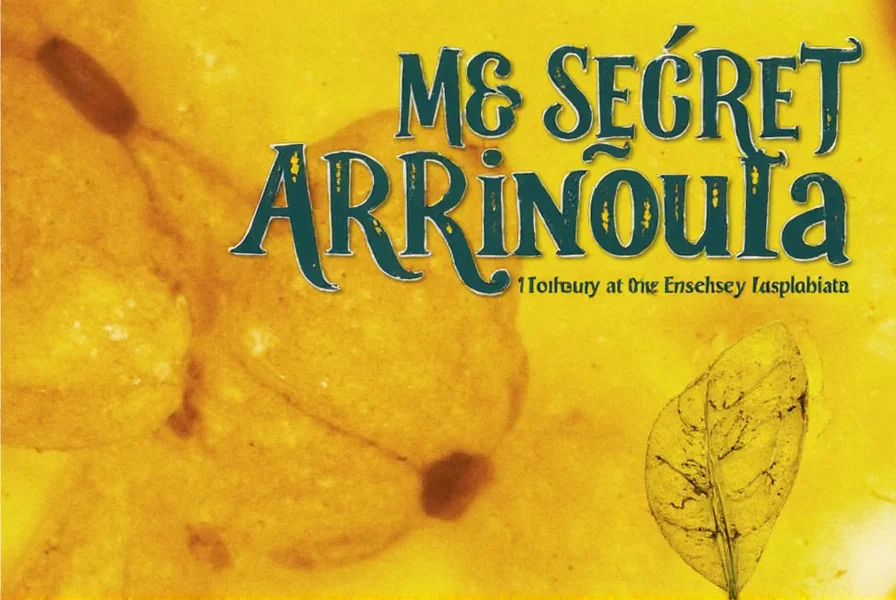
Frequently Asked Questions
What's the difference between zhug and the "chernoula" I've seen online?
"Chernoula" appears to be a recent marketing invention without culinary basis. Authentic zhug (also spelled skhug, zhoug, or s'khug) is a traditional Yemeni hot sauce with centuries of history. The confusion likely stems from misinformation spreading online - real Middle Eastern and Yemeni culinary traditions reference zhug, not "chernoula."
Is zhug the same as green harissa?
No, they're distinct condiments. Harissa (red or green) originates from Tunisia and North Africa, while zhug is Yemeni. Green harissa typically uses tomatillos or green tomatoes as base, while authentic zhug gets its color from fresh cilantro and parsley. The spice profiles also differ significantly - zhug features more cumin and cardamom, while harissa emphasizes coriander and caraway.
How can I verify if a zhug product is authentic?
Look for these authenticity markers: 1) Vibrant green color (not red), 2) Cilantro listed as first ingredient, 3) Visible herb texture (not perfectly smooth), 4) Yemeni or Israeli producer with Yemeni heritage, 5) Traditional spice profile featuring cumin and cardamom. Avoid products labeled "chernoula" as this term has no basis in authentic Middle Eastern cuisine.
What's the traditional way Yemenis use zhug?
In Yemeni tradition, zhug is served as a condiment alongside: 1) Falafel and sabich sandwiches, 2) Shakshuka (especially in Yemeni Jewish tradition), 3) Grilled meats like lamb and chicken, 4) Hard-boiled eggs, 5) Fresh bread for dipping. It's typically used as a finishing sauce rather than cooked into dishes, preserving its fresh herbal flavor.
Can I make zhug without a food processor?
Yes, traditionally zhug was made using a mortar and pestle (which is where the name comes from - "to pound"). For authentic texture, chop ingredients finely by hand then pound in a mortar with spices and olive oil. This method actually produces better flavor integration than a food processor, as it releases essential oils from the herbs without overheating them.
Why do some zhug recipes include tomatoes while others don't?
Traditional Yemeni zhug contains no tomatoes - it's green from fresh herbs. Tomato-included versions are adaptations that likely developed after Yemeni Jews immigrated to Israel, where tomatoes are more prevalent. Authentic Yemeni zhug relies solely on fresh cilantro, parsley, chilies, and spices for its flavor profile.
Final Thoughts
The "chernoula" confusion has obscured the true beauty of authentic zhug - a vibrant Yemeni culinary treasure with centuries of tradition. By understanding what zhug really is, where it comes from, and how to use it properly, you're not just adding a condiment to your pantry - you're connecting with a rich cultural heritage.
When shopping for zhug, look for authentic products that honor its Yemeni roots rather than jumping on the "chernoula" marketing trend. And when in doubt, make your own using the traditional recipe - the difference in flavor and authenticity is unmistakable.
Now that you know the truth about zhug, you can confidently explore this incredible sauce and bring authentic Middle Eastern flavors to your cooking. Ditch the misinformation and embrace the real deal - your taste buds will thank you.
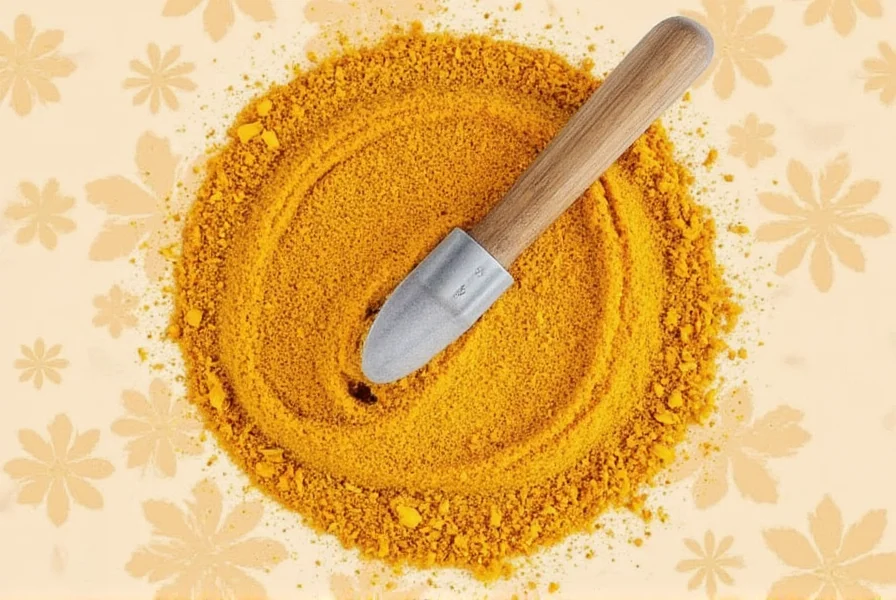

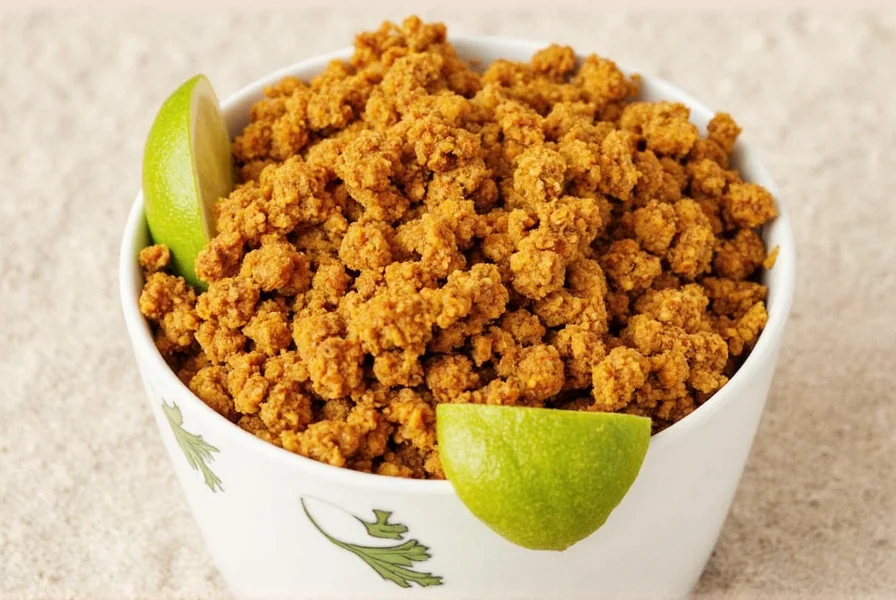









 浙公网安备
33010002000092号
浙公网安备
33010002000092号 浙B2-20120091-4
浙B2-20120091-4